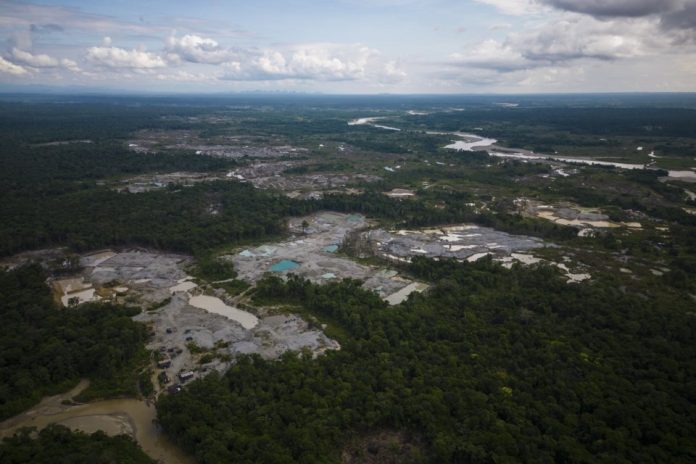Deforestation in Colombia fell by 33% in the first quarter of 2025 compared to the same period last year, the Environment Ministry said on Thursday, citing more effective coordination of local communities and tougher measures to combat environmental crimes.
At a press conference, Environment Minister Lena Estrada Añokazi said that deforestation had fallen from 40,219 hectares at the beginning of 2024 to 27,000 hectares this year. The government has identified 18 active deforestation hotspots, including 13 in the Amazon and others in regions such as Catatumbo, Arauca and the northern Pacific coast.
“In the Amazon’s national parks, deforestation dropped by 54% … which is a very good result,” Estrada said, highlighting gains in Amazonian parks Tinigua, Chiribiquete and La Macarena.
The Amazon remains the most affected region in Colombia, accounting for 69% of the country’s deforestation. The largest reductions in deforestation were observed in the departments — Colombia’s main administrative units — of Meta, Caquetá and Guaviare, while a slight increase was recorded in Putumayo.
Plan to combat deforestation
Estrada attributed this decline to the government’s comprehensive plan to combat deforestation, which includes agreements with local communities, institutional strengthening and joint operations with the Ministry of Defence and the Attorney General’s Office. A recent report by Colombia’s Inspector General notes that despite the overall decline in deforestation, pressure on protected areas remains high, and illegal coca cultivation and unregulated mining are encroaching on national parks.
An independent monitoring body reported that between October 2024 and March 2025, nearly 88,900 hectares of forest were lost across the country, most of it in areas designated for environmental protection. The minister said that these efforts had led to the arrest of key figures, including individuals linked to the environmental sector.
Looking ahead, Estrada outlined a territorial action plan to further engage local and indigenous authorities. A series of regional meetings is scheduled to begin in June in Villavicencio with the participation of leaders from the Amazon and Orinoquia regions.
Deforestation in Colombia is mainly caused by land grabbing, illegal road construction, cattle ranching, illegal mining, and the cultivation of coca, which is used to produce cocaine.
